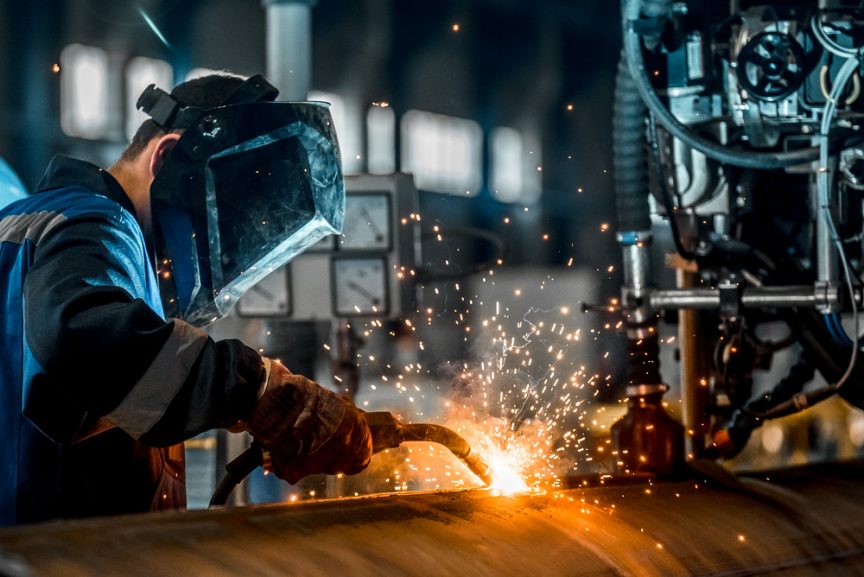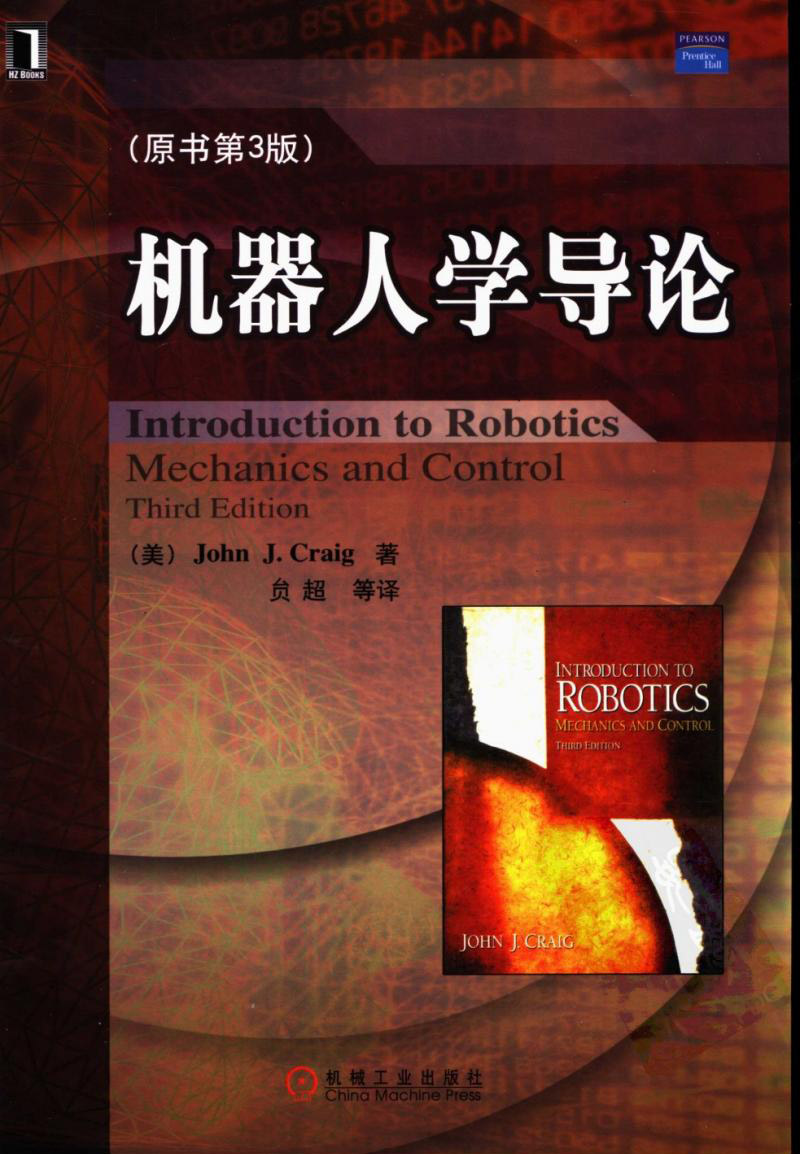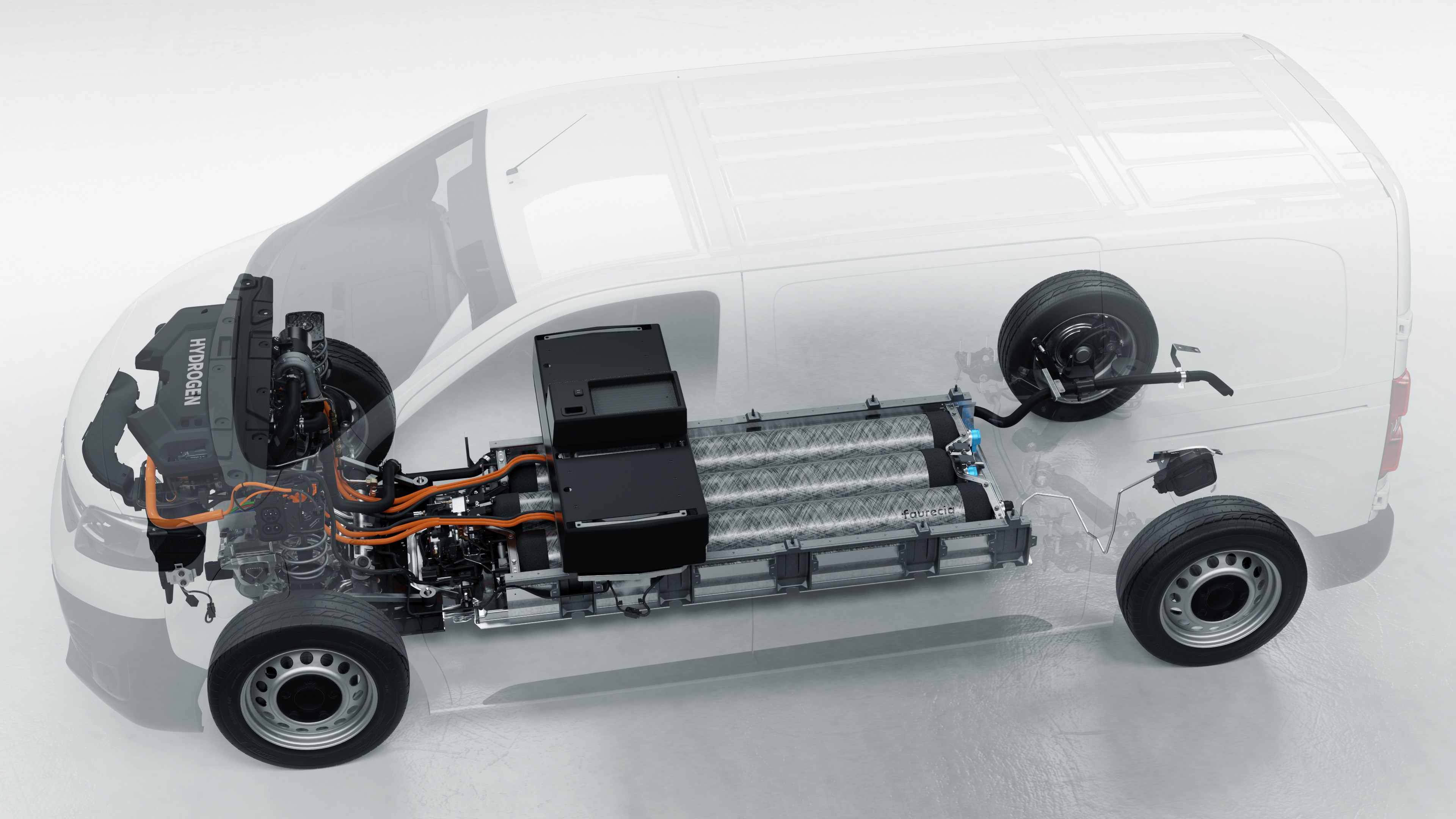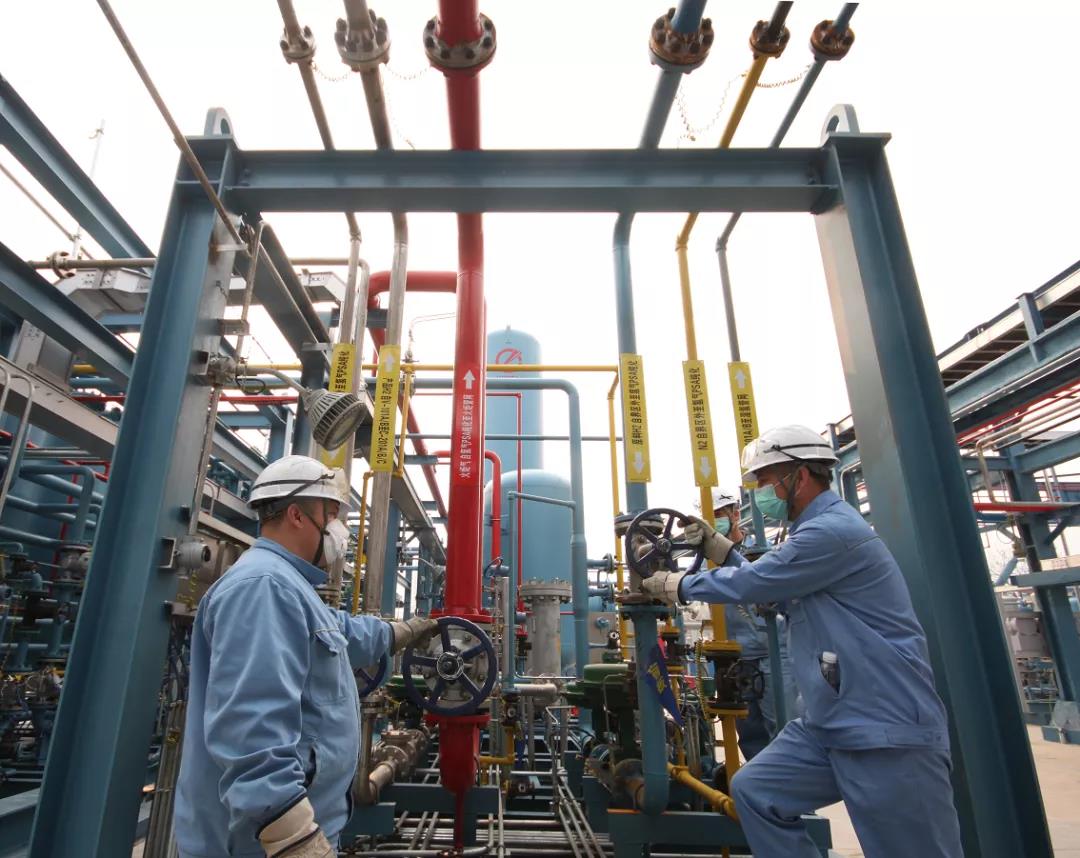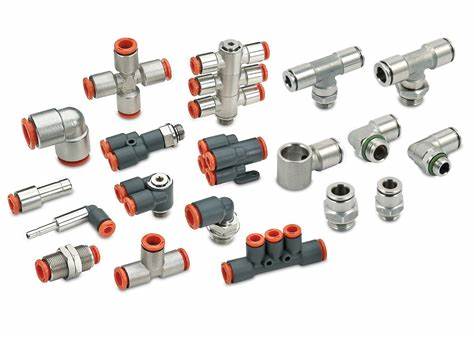Gait Recognition 步态识别
Gait as a Biometric
Gait – “A person’s manner of walking”– Webster Definition
It is a non-contact, unobtrusive, perceivable at a distance and hard to disguise
It is a behavioral biometric and is subject to change (Eg. A person in hurry and the same person when relaxed)
What is Gait?
Gait is a sequence of images. Hence spatio-temporal correlations must be taken into account.
Murray et al. expressed gait as “ A total walking cycle”[1].
A “Gait Cycle” is the time of heal strike between the same leg.
Publicly Available Databases
HID-UMD databases contain walking sequences of 25-50 people in 4 different poses.[2]
Nist Gait dataset (Gait Challenge Data)[3]
Southampton Human ID at a distance database[4]
UCSD, MIT and CMU databases.
Gait Cycle
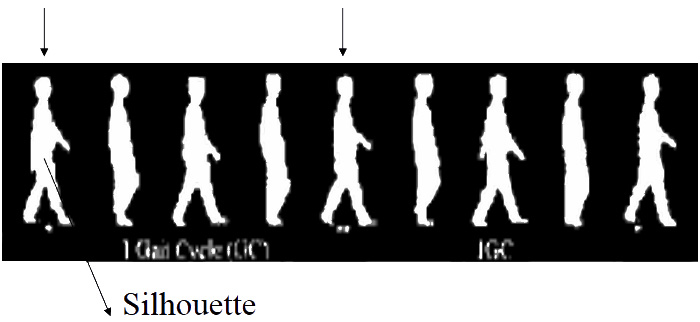
Any General Gait Recognition System
Human Detection and Tracking
Feature Extraction
Training and Classification
Baseline Algorithm[5]
Algorithm against which any gait recognition algorithm’s performance improvements can be measured.
Designed to be simple, fast, yet effective at computing similarity of gait in video sequences, based on both shape and dynamics.
The algorithm was not designed to be robust against many well know sources of variations, such as illumination, clothing, 3D viewpoint etc.
Baseline Algorithm
Background Estimation -> Silhouette Estimation -> Gait Period Detection -> Similarity Computation
1. Baseline Algorithm(Background Estimation)
Semi-automatically mark bounding boxes ->
Find the coordinates of the Super Bounding box. The background is estimated only for pixels within this super-bounding box.->
For each pixel location,use pixel values in the frame when that location is not within the corresponding bounding box to estimate the mean and covariance of the RGB or Chromaticity space.
2. Baseline Algorithm(Silhouette Estimation )
• Compute the Mahanalobis distance of each pixel within the bounding from the mean background image.
• Threshold the smoothed distances
• Use Expectation Maximization (EM) to estimate the silhouette from the distances.
• Keep just the largest connected region•Center the silhouette in the horizontal direction by considering the upper half of the silhouette.
• Size-normalize so that the silhouette occupies the whole length of box.
3. Baseline Algorithm(Gait Period Detection)
• Consider the number of silhouette pixels mostly from the legs (bottom half of the silhouettes) vs. time.•Detect the local minima in the above plot
• Compute the median of the distances between minima, skipping every other minimum .
• Take the average of the medians as the gait period
4. Baseline Algorithm(Similarity Computation)
• Break up probe sequence into K subsequences of Ngaitcontiguous frames each.
• For each probe subsequence, estimate the maximum correlation with the gallery sequence.
• Pick the median of the maximum correlations of the probe subsequences as the similarity measure.
Recent Methods
• Structural Methods [6,7,8]– 2D or 3D structural model of the human body is assumed and body pose is recovered by extracting image features and mapping them to the structural components of the model Eg. stick model , blob model etc.
• Structure-free Method– State-space Methods – These methods represent humanmovements as a sequence of static configurations. Each configuration is recognized by learning the appearance of the body in the corresponding pose. – Spatiotemporal methods – Here, motion is characterized by the entire 3D spatiotemporal data (ie. x, y and time). Eg sequence of gray-scale images. This data is treaded as a large vector and recognition is done by mapping this vector to lower dimension feature vector and applying pattern recognition to it.
State Space Method
1. Template matching method using parametric eigenspace representation.[9]
2. Cluster based approach using eigenspace representation of silhouette images.[10]
3. There is a Markovian dependence from one stance to another. The gait cycle can be viewed as a doubly stochastic process in which the hidden process is represented by the transitions across the stances while the observable is the image generated when in a particular stance. The HMM is best suited for describing such a situation. [11]
Spatiotemporal Method
Self-similarity plots[12]
Silhouette Analysis-based Gait Recognition[13]
References
[01] M.P. Murray, A.B.Drought and R.C Kory, “ Walking Patterns of Normal Man”, Journal of Bone and Joint Surgery, Vol 46 A,N
[02] http://degas.umiacs.umd.edu/hid/data.html
[03] http://www.gaitchallenge.org/ [ http://www.eng.usf.edu/cvprg/index.html ]
[04] http://www.gait.ecs.soton.ac.uk/database/index.php3
[05] P Phillips, S Sarkar, I Robledo, P Grother and K Bowyer“ Baseline Results for Challenge Problem ofHuman ID Using Gait Analysis” Proc. Int’l Conf. Automatic Face and Gesture Recognition, pp 137-142 ,2002
[06] K Rohr, “Towards Model-based Recognition of Human Movements in Image Sequences” in CVGIP, Vol 59, 1994
[07] Y Song, X Feng and P Perona, “Towards Detection of Human Motion” in CVPR 2000
[08] L Lee and W E L Grimson “Gait Analysis for Recognition and Classification” Proc. Int’l Conf. Automatic Face and Guesture Recognition.
[09] R Collins, R Gross and J Shi “Silhouette-Based Human Identification from Body Shape and Gait”Proc. Int’l Conf. Automatic Face and Gesture Recognition, 2002
[10]P.S. Huang, C.J. Harris and M.S. Nixon, “ Comparing Different Template Features for Recognizing People by their Gait” BMVC 1998
[11] Aravind Sunderasen, Amit Roy Chowdry and Rama Chellapa, “ A Hidden Markov Model Based Framework For Recognition of Humans from Gait Sequences” Conf. on Image Processing, 2003
[12] C BenAbdelkader, R Cutler and L Davis, “Motion-Based Recognition of People in EigenGait Space”, Proc . Int’l Conf. Automatic Face and Gesture Recognition, pp267-274, 2002
[13] Liang Wang, Tieniu Tan, Huazhong Ning and Weiming Hu “ Silhouette Analysis-Based Gait Recognition for Human Identification” IEEE Transaction on PAMI, Vol 25, No 12, pp 1505-1518, Dec 2003
版权声明:本文为原创文章,版权归donstudio所有,欢迎分享本文,转载请保留出处!



